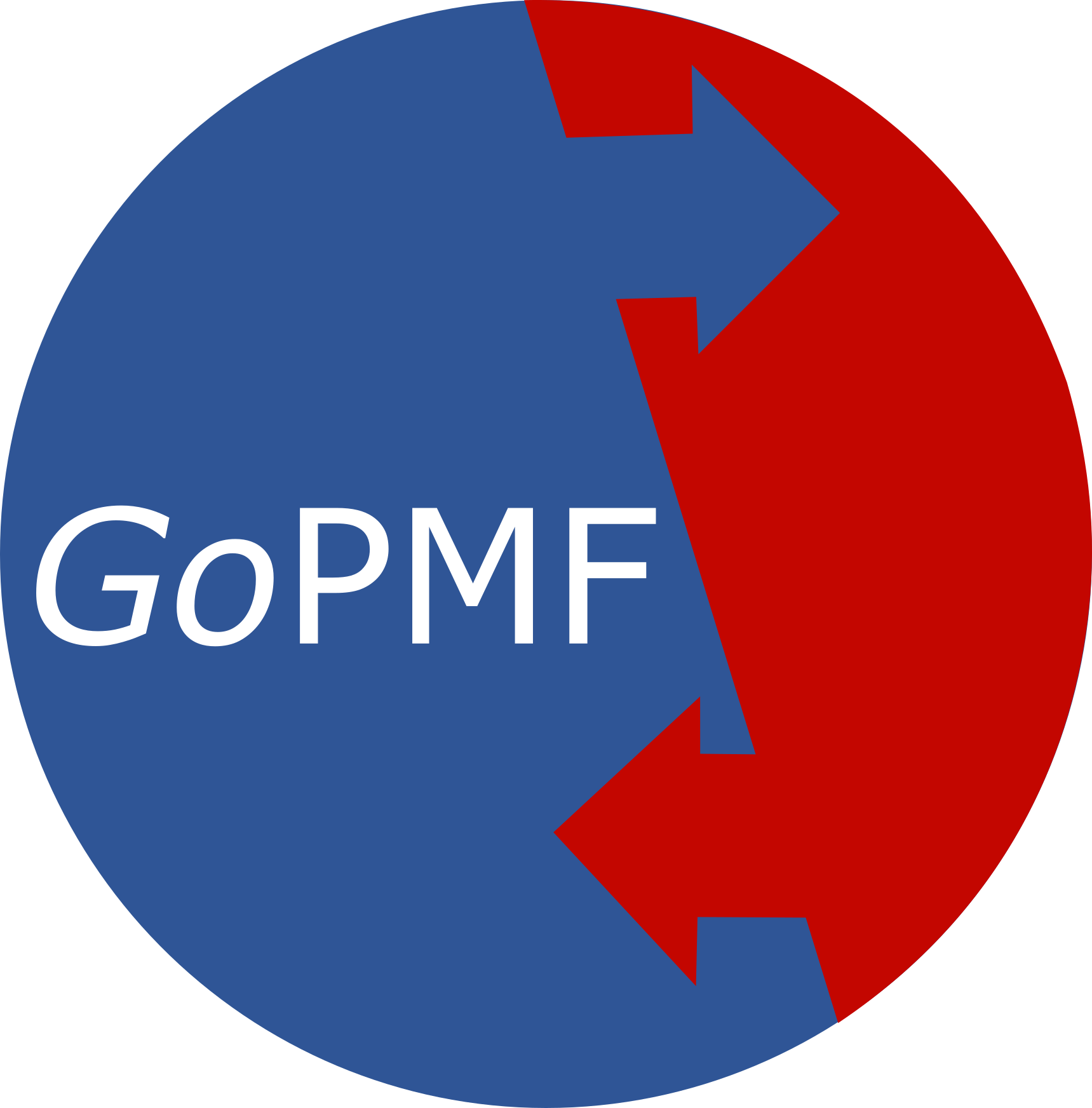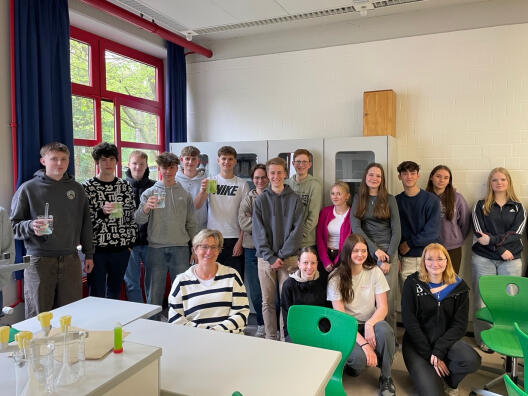Regional STEM-EC-NRW Camp at the IBBP

For an exciting insight into the world of microalgae and photosynthesis, the research group led by Prof. Dr. Hippler hosted the first regional STEM-EC-NRW Camp at the Institute of Biology and Biotechnology of Plants (IBBP) on August 22 and 23.
Under the guidance of Simon Bütfering and Ole Jünemann (MSc students), participants conducted a comparative analysis of Chlamydomonas photosynthesis mutants at both the genetic and phenotypic levels. By working with selected examples, they not only learned about modern molecular biology methods but also gained a deeper understanding of the regulatory processes in photosynthesis, where the proton-motive force (PMF) plays a central role.
In one experiment, Chlamydomonas mutants were examined for homoplasmy and characterized using PAM (Photosynthesis Activity Measurement). Finally, an in vivo fluorescence probe was detected, and considerations regarding its influence on physiology were discussed. The generated data and insights were enthusiastically debated in a final discussion with the participants.
During the "Meet a Scientist" session, participants had the opportunity to meet researchers and discuss not only current research topics but also potential career paths in science.
At the end of the two-day event, the participants gathered in the IBBP courtyard to enjoy the pleasant weather and cold drinks. The attendees were thrilled by the laboratory work and the opportunity to experience modern biotechnological methods up close.


